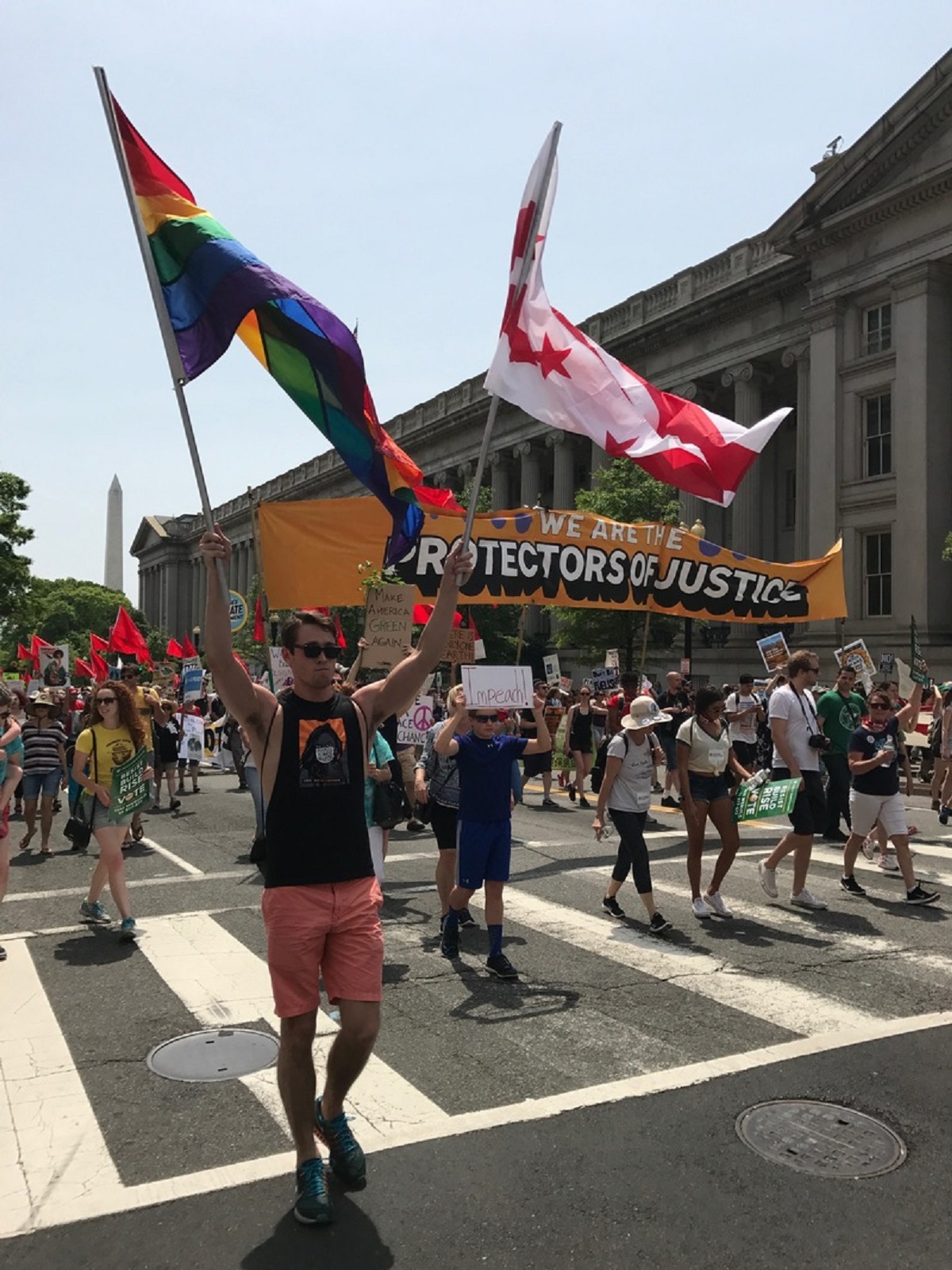2022 is shaping up to be one of the worst years on record for legislative attacks on queer and trans youth and their families. Last week, the Florida legislature passed an anti-LGBTQI+1 bill that restricts schools’ ability to discuss gender identity and sexual orientation – and even gives parents the right to sue schools that do. Similar bills are circulating in state legislatures across the country. In recent months, we’ve also seen Govenor Abbott try to force the Texas’s Department of Family and Protective Services to consider gender-affirming care to be child abuse; Idaho work to make providing such care a felony, potentially punishable by life in prison; and a multitude of states ban comprehensive sex education and inclusion of trangender students in sports. All of these attacks further stigmatize LGBTQI+ people and dangerously isolate LGBTQI+ kids. There’s even evidence that these anti-LGBTQI+ attacks increase the risks of suicide for LGBTQI+ youth, an already at-risk community.
I know in my bones that attacks on queer people are also attacks on the environmental movement, if for no other reason than because queer people like myself are part of the environmental movement. I’ve been distractible and irritable this past week, with tense shoulders and a clenched jaw. About every 20 minutes I think something like, “How dare so-and-so ping me about a project when extremist politicians are trying to legislate queer and trans people back into the shadows?”
I am deeply dedicated to ending the climate crisis and securing a more just and livable future for all. But it feels nearly impossible to continue my environmental work amid these attacks on people like me. I imagine that’s all the more true for those in the climate movement who don’t hold the privileged identities I do as a white, cisgender (that is, not transgender), straight-passing woman in a progressive city.
The climate crisis is an all-hands-on-deck situation. In this “brief and rapidly closing window to a to secure a liveable future,” we need everyone to be working towards climate solutions, very much including LGBTQI+ people. As a queer person, I don’t want to be in a movement with folks who don’t take seriously threats to the safety and well-being of people like me. I want to be in spaces where I can show up, joyfully, as myself – and where queer and trans people of all stripes can too.
We are an asset to the environmental movement. We tell stories about the injustices of the climate crisis that move people to action, we organize our communities, we argue environmental cases in court, and we raise money for communities devastated by climate disaster. Trust me, you want us on your team. And if you want us there, you have to fight for our right to a livable future in the face of all the threats we face – not just climate change.
Because of homophobia and transphobia, LGBTQI+ people face disproportionate risks from the climate crisis, especially those that are Black, Indigenous, or people of color. We are more likely to be homeless, which means that we may not have anywhere to take shelter when extreme weather comes. We’re also more likely to live in poverty, which makes it harder for us to evacuate or rebuild in the face of climate disasters. At shelters, and in emergency relief programs run by churches, queer and trans people face discrimination, violence, and criminalization.
Ending the climate crisis requires ending it for the most marginalized folks in our society, too – it’s not enough to create a world that’s safe for the most privileged (which far too often means straight, white, cisgender folks). That means we have to work with queer and trans communities to ensure that their particular vulnerabilities are addressed in the solutions to climate change.
We’re not going to build a better world while replicating the exclusionary and oppressive power structures, biases, and ingrained assumptions of the old one. As University of Georgia Ph.D student Vanessa Raditz told Atmos, “When you think of the future, who do you imagine being there? If you’re not imagining women, if you’re not imagining trans people, if you’re not imagining queer people, then you’re perpetuating the same problem… If you’re not intentionally imagining a future where all of the rest of us exist, what really are you doing?”
1. “LGBTQI+” stands for lesbian, gay, bisexual, trans, queer, and intersex folks. The plus sign is meant to include people of other marginalized gender identities and sexualities.
